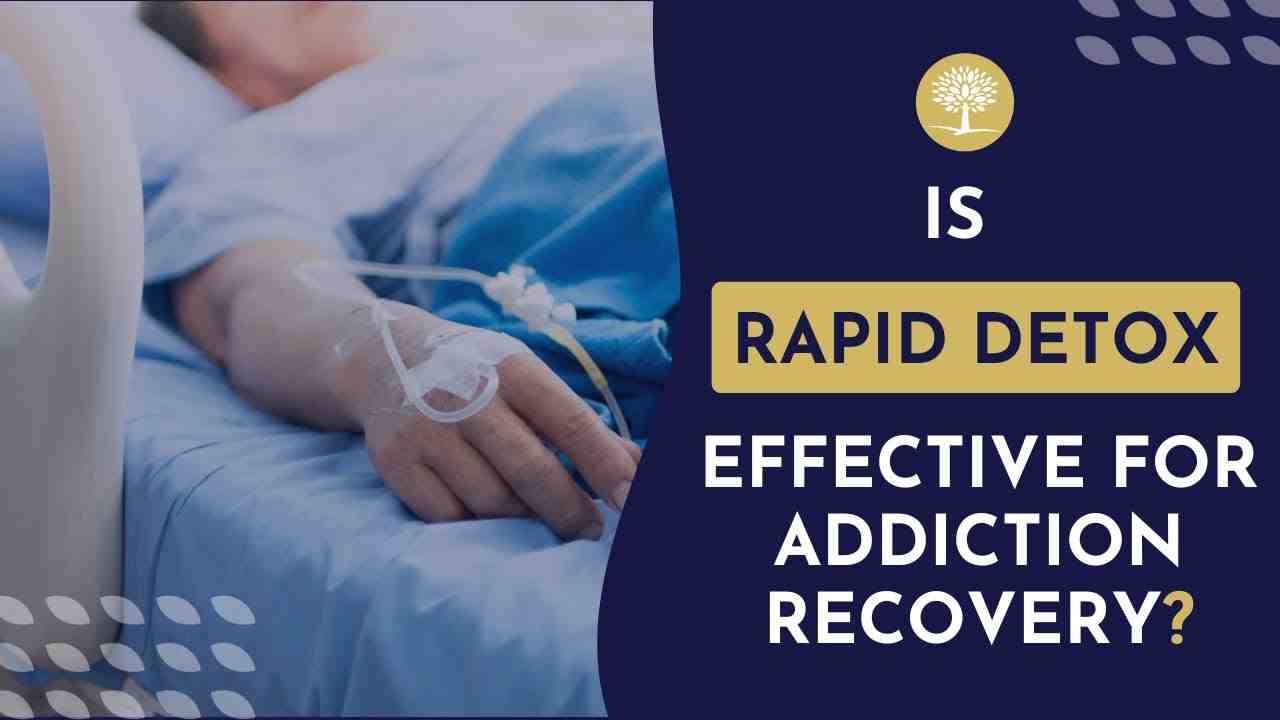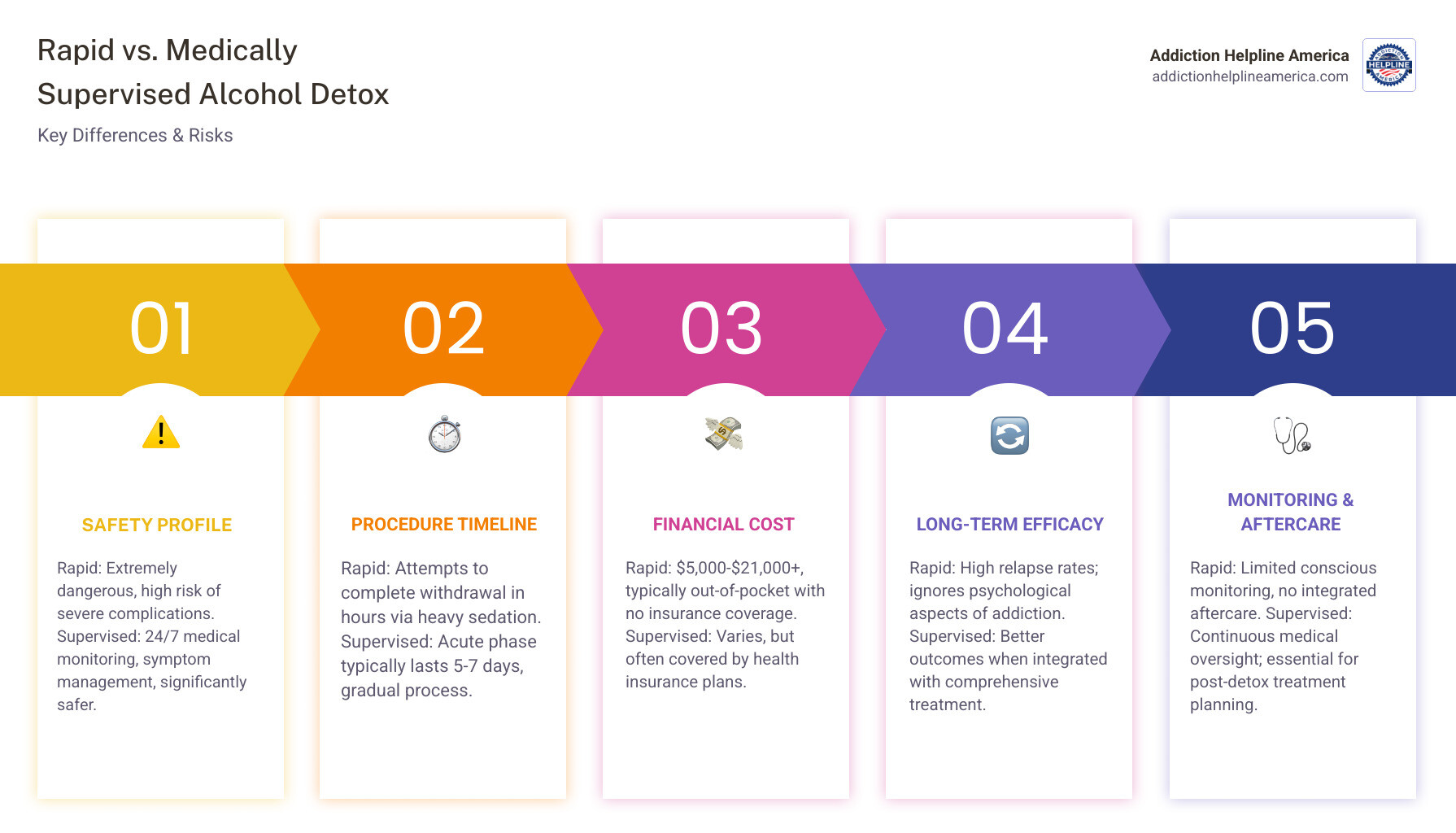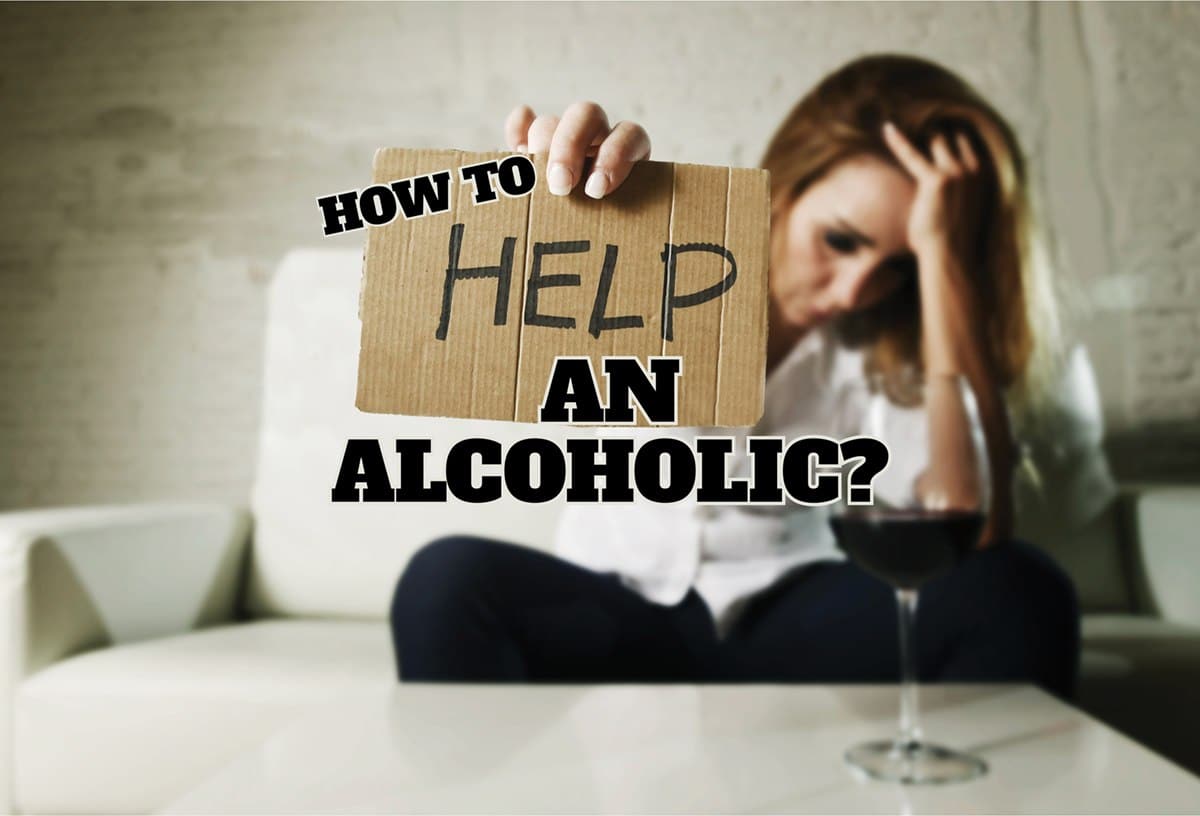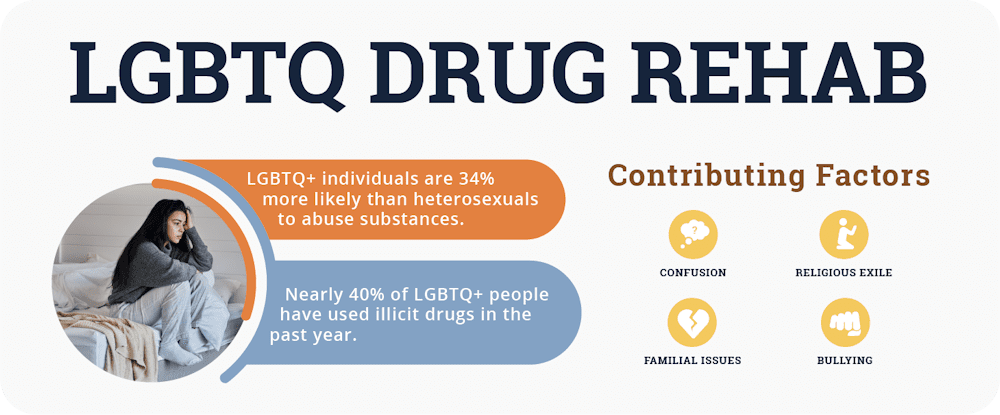
Understanding Rapid Detox Alcohol: What You Need to Know Before Deciding
Rapid detox alcohol is a controversial medical procedure that uses sedation to accelerate the withdrawal process, but it comes with significant risks that often outweigh its benefits. Here’s what you need to know:
Key Facts About Rapid Detox for Alcohol:
- What it is: A procedure where patients are sedated or placed under anesthesia while medications force the body through withdrawal in hours rather than days
- Primary concern: Rapid detox for alcohol is extremely dangerous and rarely used—most rapid detox protocols were designed for opioid withdrawal, not alcohol
- Major risks: Seizures, Delirium Tremens (DTs), cardiovascular stress, respiratory failure, and even death
- Cost: $5,000 to $21,000+ out-of-pocket, typically not covered by insurance
- Effectiveness: High relapse rates because it doesn’t address the psychological aspects of addiction
- Better alternative: Medically supervised detox with 24/7 monitoring, symptom-triggered medication, and integrated treatment planning
Why It’s Risky: Alcohol withdrawal can be life-threatening. Unlike opioid withdrawal, which is rarely fatal, alcohol withdrawal can cause seizures and Delirium Tremens (DTs). Rushing this process under sedation doesn’t eliminate these risks; it may increase them. When alcohol is removed, the central nervous system becomes overactive, leading to dangerous hyperexcitability. Traditional medical detox manages this gradually and safely, whereas rapid detox bypasses the conscious experience but not the underlying physiological danger.
The appeal of rapid detox is understandable—the promise of avoiding days of discomfort is tempting for anyone desperate to change. However, most addiction specialists strongly recommend against rapid detox for alcohol due to its serious health risks and poor long-term outcomes. It does not reduce the risk of severe symptoms that affect roughly 10% of people in even supervised detox.
At Addiction Helpline America, we’ve guided thousands of individuals and families through the recovery process, helping them understand that safe, medically supervised detox is the foundation for lasting recovery from alcohol addiction. We connect people with evidence-based treatment options that prioritize both safety and long-term success, because rushing through detox without addressing the underlying causes of addiction rarely leads to lasting sobriety.

Rapid detox alcohol vocab explained:
The Reality of Rapid Detox Alcohol: Process vs. Promises
Rapid detox alcohol promises a magical solution: sleep through withdrawal and wake up when it’s over. The reality is more complex and concerning. During the procedure, medical staff use anesthesia to put you in a deep sleep while medications force your body through accelerated withdrawal. The theory is to bypass the conscious pain and discomfort of detox.
However, your body still endures the intense physiological stress. The dangerous changes in brain chemistry, cardiovascular strain, and seizure risk don’t disappear just because you’re sedated. This approach raises serious questions about safety and effectiveness. For context on safer approaches, you can explore our resources on substance abuse treatment.
Understanding the Procedure for Rapid Detox Alcohol
The procedure for rapid detox alcohol relies on general anesthesia or heavy sedation, which is not a risk-free process. It lasts a few hours, during which staff monitor your vital signs.
While medications like naltrexone are used in rapid opioid detox to block receptors, alcohol works on different brain receptors. There is no equivalent pharmacological shortcut for alcohol. The primary mechanism is heavy sedation, allowing withdrawal to occur while you’re unconscious. You wake up after the acute phase, but the safety and efficacy of this aggressive method for alcohol are highly questionable. Unlike opioid withdrawal, alcohol withdrawal can be fatal, and rushing it may increase the life-threatening risks. You can find scientific research on naltrexone use through SAMHSA’s resources.
The Allure: Why People Consider Rapid Detox
The appeal of rapid detox alcohol is rooted in the fear of withdrawal. Symptoms like shaking, anxiety, nausea, and potentially seizures are daunting. The promise of a “quick fix” that bypasses this suffering is naturally tempting. Instead of days of discomfort, the procedure offers a solution in hours.
The practical appeal is also strong, as it seems to require less time away from work and family. However, convenience and safety don’t always align. This perceived shortcut comes at a high price for your health and long-term recovery. Understanding what to expect in rehab helps set realistic expectations for the journey.
Major Risks and Safety Concerns of Rapid Detox

Rapid detox alcohol isn’t just risky—it’s potentially deadly. The medical consensus is clear: this procedure carries life-threatening dangers that far outweigh its perceived benefits. It’s a high-risk procedure with little evidence of long-term effectiveness and extremely high relapse rates. This is because it completely ignores the psychological and behavioral aspects of addiction. Recovery is a journey, not a sprint, and this shortcut doesn’t solve the real problem. For guidance on building lasting recovery, our article on how to prevent relapse offers practical strategies.
Life-Threatening Medical Complications
The dangers of rapid detox alcohol are real and frighteningly common. Here’s what can happen:
- Anesthesia risks: General anesthesia always carries risks, like adverse reactions or breathing issues. These risks are amplified in individuals whose bodies are weakened by alcohol dependence.
- Cardiovascular stress: Forcing rapid withdrawal causes sudden chemical changes, putting immense strain on the heart and blood vessels, which can lead to serious heart problems or even a heart attack.
- Respiratory failure: Anesthesia suppresses breathing. Combined with the stress of forced withdrawal, this increases the risk of respiratory failure, including pulmonary edema (fluid in the lungs).
- Delirium and psychosis: The abrupt chemical changes can still cause delirium, psychosis, and hallucinations, even while sedated.
- Seizures: Rapid detox does not eliminate the risk of life-threatening seizures, a major danger of alcohol withdrawal. The sudden process may even increase this risk.
- Delirium Tremens (DTs): Delirium Tremens is the most severe form of alcohol withdrawal, involving confusion, hallucinations, and seizures, with a high mortality rate. The shock of rapid detox can trigger DTs instead of preventing them. For comprehensive information on this critical condition, the information on Alcohol Withdrawal Syndrome provides detailed medical insight.
- Liver and organ complications: The procedure puts extreme stress on the liver and kidneys, which are often already damaged by alcohol use. This can lead to organ failure and dangerous electrolyte imbalances.
The High Cost and Lack of Coverage
In addition to being dangerous, rapid detox alcohol is incredibly expensive, with out-of-pocket costs ranging from $5,000 to $21,000 or more. Most insurance companies refuse to cover it, considering it an experimental and unnecessarily risky procedure. This means you pay a premium for a high-risk treatment with poor long-term outcomes. For safer, more affordable options that are often covered by insurance, our guide to find a detox hospital near you can help.
Who Should Avoid Rapid Detox Alcohol?
Almost everyone should avoid rapid detox for alcohol, but it is especially dangerous for certain groups:
- Individuals with co-occurring mental health disorders: People with conditions like depression or anxiety should avoid it, as the procedure can worsen them.
- Those with pre-existing heart or liver conditions: These individuals face catastrophic risks, as the procedure puts overwhelming stress on already compromised organs.
- People with severe alcohol dependence: For those with severe dependence, rushing withdrawal dramatically increases the risk of seizures, DTs, and death.
- Anyone with a history of Delirium Tremens or seizures: These individuals are at extreme risk, as rapid detox can make these life-threatening complications more likely.
For families trying to help a loved one, we offer resources for help for loved ones with addiction that can provide guidance.
Safer Alternatives: Medically Supervised Detox vs. Rapid Detox
The fear of withdrawal makes rapid detox alcohol seem appealing, but the fast way isn’t the smart way. Medical professionals overwhelmingly recommend medically supervised detox because it prioritizes safety, comfort, and long-term success. While rapid detox is a high-risk gamble, traditional medical detox is a guided process designed to steer the dangers of withdrawal safely. It takes longer, but it ensures you get through it intact.
Here’s how these two approaches compare:
| Feature | Rapid Detox (for Alcohol) | Medically Supervised Detox (Traditional) |
|---|---|---|
| Safety | High risk; significant dangers from anesthesia, rapid physiological shifts, and potential complications. | High safety; 24/7 medical monitoring, gradual symptom management, evidence-based protocols. |
| Timeline | Hours (procedure itself), but post-procedure recovery still needed. | Typically 5-7 days for acute withdrawal, but can be longer depending on individual needs. |
| Cost | High ($5,000-$21,000+), often out-of-pocket, rarely covered by insurance. | Varies, often covered by insurance, more cost-effective for long-term recovery. |
| Comfort | Aims to bypass conscious withdrawal, but residual discomfort, cravings, and psychological issues persist. | Manages symptoms with medication to ensure comfort and minimize distress while awake. |
| Efficacy | High relapse rates as it doesn’t address psychological addiction; not proven more effective than traditional. | Effective for safe physical withdrawal; lays groundwork for long-term recovery with follow-up treatment. |
| Aftercare Integration | Often lacking or not emphasized, leading to poor long-term outcomes. | Built-in transition to comprehensive treatment programs and aftercare planning. |
Medical detox is the gold standard because it focuses on stabilization—safely managing withdrawal while preparing you for recovery. Our Detox Near Me Guide can help you find safe detox options.
What is Medically Supervised Alcohol Detox?
Medically supervised detox is a safe, effective process where professionals manage withdrawal symptoms in a controlled environment. Its key components include:
- 24/7 medical monitoring: Constant observation of vital signs and symptoms to prevent life-threatening complications.
- Symptom-triggered medication: Using medications like benzodiazepines (Librium, Valium) as needed to alleviate symptoms and prevent seizures and Delirium Tremens.
- Nutritional support: Addressing deficiencies with vitamins (especially thiamine to prevent brain disorders) and IV fluids for hydration and electrolyte balance.
This approach allows for a safe and gradual withdrawal, letting the central nervous system adjust without the shock of a rapid process. It prioritizes safety and comfort, backed by research from institutions like the National Institute on Alcohol Abuse and Alcoholism (NIAAA).
The Importance of Comprehensive Treatment After Detox

Crucially, detox alone does not cure addiction. It only addresses physical dependence. Without follow-up treatment, relapse rates are high (40-60%) because the root causes of drinking—stress, trauma, and behavioral patterns—remain unaddressed.
Lasting recovery requires comprehensive treatment after detox. This involves:
- Inpatient or outpatient programs: Inpatient (residential) care offers an immersive, structured environment, while outpatient programs provide flexibility for work and family obligations.
- Therapy: Approaches like Cognitive Behavioral Therapy (CBT) help change negative thought patterns, and Dialectical Behavior Therapy (DBT) teaches emotional regulation and distress tolerance.
- Support groups: Groups like Alcoholics Anonymous (AA) and SMART Recovery offer vital peer connection, accountability, and encouragement.
Getting sober is the first step; staying sober is where the real work of recovery begins. At Addiction Helpline America, we can help you explore intensive outpatient treatment options and other programs to build a strong foundation for sobriety.
Frequently Asked Questions about Alcohol Detox
When you’re facing a decision about alcohol detox, it’s natural to have questions. We want to give you honest, straightforward answers to help guide you.
Is rapid alcohol detox a cure for alcoholism?
No. Rapid detox alcohol is not a cure for alcoholism. It only addresses physical dependence, completely bypassing the psychological, emotional, and behavioral aspects of addiction. After the procedure, the original triggers and stressors remain, leading to extremely high relapse rates. Real recovery requires a holistic approach with therapy and support to address the root causes of drinking, as outlined in a full addiction recovery guide. This is how you build the skills for long-term sobriety.
How long does traditional alcohol detox take?
The acute phase of medically supervised alcohol detox typically lasts about 5 to 7 days. However, the exact timeline is different for everyone. It depends on factors like the duration of alcohol use, consumption levels, age, and overall health. While the most intense physical symptoms usually subside within a week, some people experience post-acute withdrawal symptoms (PAWS), such as mood swings and sleep issues, which can last for weeks or months. A medically supervised setting allows for personalized care that adapts to your unique healing process.
Can you detox from alcohol at home?
No. Detoxing from alcohol at home without medical supervision is extremely dangerous and not recommended. Unlike withdrawal from many other substances, alcohol withdrawal can be fatal. The risk of life-threatening complications like seizures and Delirium Tremens (DTs) is very real and requires immediate medical intervention. Each withdrawal attempt can become progressively more severe, a phenomenon known as “kindling.” A medical detox facility provides 24/7 monitoring, medications to prevent complications, and emergency care that cannot be replicated at home. If you have concerns about cost or logistics, Addiction Helpline America can help you find safe, affordable detox options. Your safety is the priority.
Finding the Right Path to Recovery
When facing recovery, the safest path is the best path. While rapid detox alcohol promises a shortcut, true recovery is a journey, not a race. It requires a comprehensive approach that goes beyond physical withdrawal.
Detox is just the beginning. Lasting change comes from therapy, skill-building, and community support that addresses the root causes of addiction. This is the full continuum of care: medically supervised detox, followed by comprehensive treatment and aftercare. Each phase builds a strong foundation for an alcohol-free life.
Making these decisions is overwhelming, which is why Addiction Helpline America exists. We offer free, confidential guidance to connect you with reputable, evidence-based treatment centers nationwide. We’ve helped thousands find programs that prioritize safety and long-term success. We can help you steer concerns about cost, time, and effectiveness, and find the right drug rehab program for you based on your unique needs.
Recovery is possible. It starts with choosing safety over speed and reaching out for help.

Our helpline is 100%
free & confidential
If you or someone you care about is struggling with drug or alcohol addiction, we can help you explore your recovery options. Don’t face this challenge alone—seek support from us.
Programs
Resources
Will my insurance
cover addiction
treatment?
We're ready to help
Find the best
drug or alcohol treatment
center
Are you or a loved one struggling with addiction? Call today to speak to a treatment expert.












